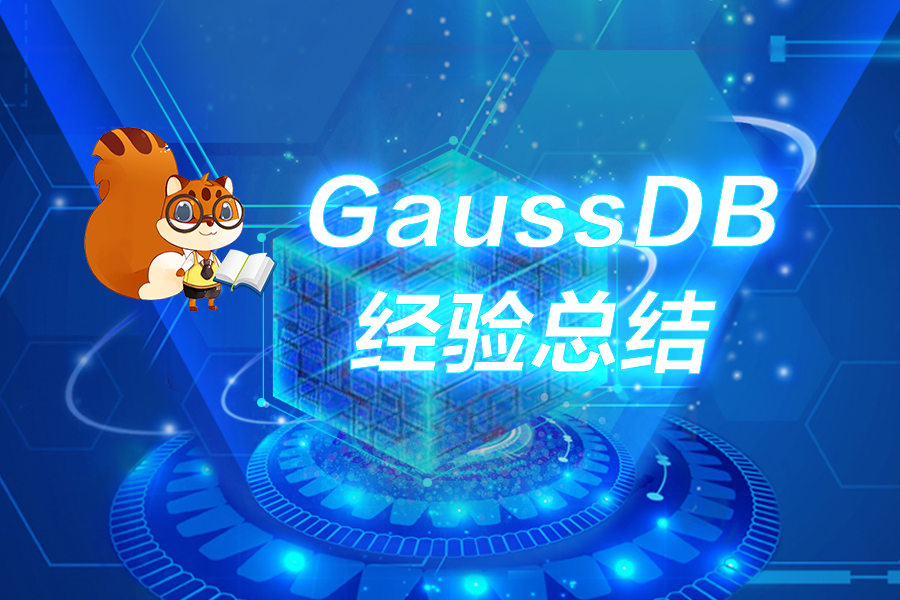MongoDB中updateOne的正常使用
db.collection.updateOne(filter,update,options)顾名思义,通过这行声明,我们大概可以猜到这三个参数大概的作用:filter 用作在更新之前筛选符合条件的documentupdate 具体更新document中哪些字段options 附加可选的额外操作整体updateOne语句的语法如下:db.collection.updateOne(<filter
db.collection.updateOne(filter,update,options)
顾名思义,通过这行声明,我们大概可以猜到这三个参数大概的作用:
- filter 用作在更新之前筛选符合条件的document
- update 具体更新document中哪些字段
- options 附加可选的额外操作
整体updateOne语句的语法如下:
db.collection.updateOne(
<filter>,
<update>,
{
upsert: <boolean>, //true的时候如果filter没有匹配到则将update的内容插入到集合collection
writeConcern: <document>, //写事物
collation: <document>,
arrayFilters: [ <filterdocument1>, ... ],
hint: <document|string> // Available starting in MongoDB 4.2.1
}
)
案例一:更新某个文档
案例原始数据:
> db.user.find()
{ "_id" : ObjectId("60c20b6adebf968f925b0dde"), "name" : "peng" }
{ "_id" : ObjectId("60c20c98debf968f925b0ddf"), "name" : "jian" }
{ "_id" : ObjectId("60c20cb6debf968f925b0de0"), "name" : "song" }
{ "_id" : ObjectId("60c20e51debf968f925b0de1"), "name" : "song" }
常规操作,该操作原始数据皆基于上方案例的原始数据。
操作 1 -> 当集合中存在多个filter结果相同的文档时,结果为:更新第一个匹配到的文档。
过程:
> db.user.updateOne({"name":"song"},{$set:{"name":"song1"}})
{ "acknowledged" : true, "matchedCount" : 1, "modifiedCount" : 1 }
> db.user.find()
{ "_id" : ObjectId("60c20b6adebf968f925b0dde"), "name" : "peng" }
{ "_id" : ObjectId("60c20c98debf968f925b0ddf"), "name" : "jian" }
{ "_id" : ObjectId("60c20cb6debf968f925b0de0"), "name" : "song1" }//第一个匹配到的被改变
{ "_id" : ObjectId("60c20e51debf968f925b0de1"), "name" : "song" }//第二个没有变化
操作 2 -> 存在upsert为true时,没有匹配到则插入update内容,匹配到则更新。
过程:
> db.user.updateOne({"name":"song1"},{$set:{"name":"song2"}},{upsert:true})
{
"acknowledged" : true,
"matchedCount" : 0,
"modifiedCount" : 0,
"upsertedId" : ObjectId("60c219b2e8920eaea30fc37b")
}
> db.user.find()
{ "_id" : ObjectId("60c218e4000e18ef6bfb8065"), "name" : "peng" }
{ "_id" : ObjectId("60c218e4000e18ef6bfb8066"), "name" : "jian" }
{ "_id" : ObjectId("60c218e4000e18ef6bfb8067"), "name" : "song" }
{ "_id" : ObjectId("60c218e4000e18ef6bfb8068"), "name" : "song" }
{ "_id" : ObjectId("60c219b2e8920eaea30fc37b"), "name" : "song2" }
>
案例二:聚合操作
官方案例:
> db.members.find().pretty()
{
"_id" : 1,
"member" : "abc123",
"status" : "A",
"points" : 2,
"misc1" : "note to self: confirm status",
"misc2" : "Need to activate",
"lastUpdate" : ISODate("2019-01-01T00:00:00Z")
}
{
"_id" : 2,
"member" : "xyz123",
"status" : "A",
"points" : 60,
"comments" : [
"reminder: ping me at 100pts",
"Some random comment"
],
"lastUpdate" : ISODate("2019-01-01T00:00:00Z")
}
操作要求:
假设你不想在第一个文档中的misc1和misc2字段单独存放,而是希望将它们收集到一个comments字段中,就像第二个文档一样。这些想法可以使用下面的聚合管道来完成。
该操作分为两步:
- 添加一个新的comments带有misc1根misc2内容的字段到文档一中,并更新lastUpdate字段时间
- 删除misc1和misc2字段
过程:
db.members.updateOne(
{ _id: 1 },
[
{ $set: { status: "Modified", comments: [ "$misc1", "$misc2" ], lastUpdate: "$$NOW" } },
{ $unset: [ "misc1", "misc2" ] }
]
)
具有一个“ $ ” 符号,表示引用当前匹配文档中的字段,“ NOW ” 表示获取当前系统的时间(UTC时间,比我们的时间少8个小时)是聚合变量,要通过它获取时间值需要前面加两个美元符号$$并且用双引号括起来。
管道中使用的“set”和 u n s e t 分 别 引 用 聚 合 阶 段 unset分别引用聚合阶段 unset分别引用聚合阶段set和 u n s e t , 而 不 是 u p d a t e 操 作 符 unset,而不是update操作符 unset,而不是update操作符set和$unset。
unset可以用来删除文档中的字段。
未完待续!
更多推荐
 已为社区贡献6条内容
已为社区贡献6条内容









所有评论(0)